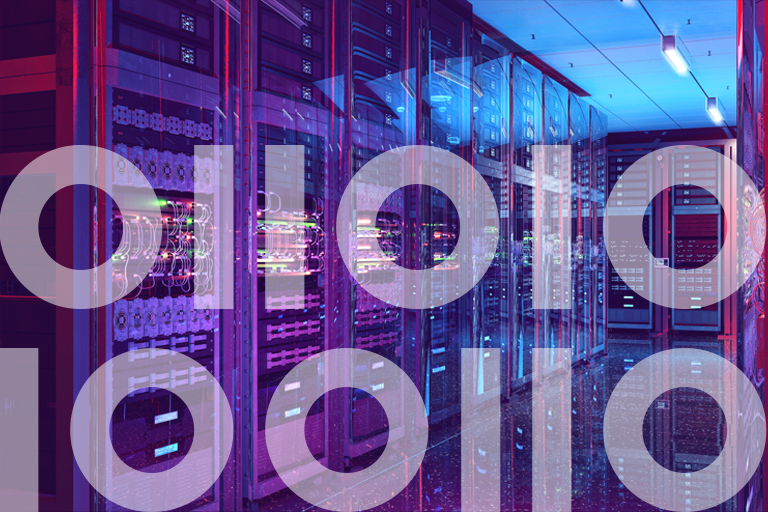It’s easy enough to understand why one might think that mainframes are no longer relevant in the present age of “cloud-native” everything. Today, moving to and operating in the cloud is a top priority for organizations.
Public and private cloud computing platforms like AWS and Azure are more popular than ever.
You may think that, as a technology introduced more than a half-century ago, mainframes don’t have much to offer in a world dominated by much newer cloud computing technology.

Mainframes provide value
Consider the following points:
- A mainframe provides a single infrastructure that delivers massive compute and storage resources whenever your applications require them.
- If you use a mainframe, it’s probably one that you already own. You don’t have to purchase new infrastructure. In addition, a mainframe can last for decades, whereas a commodity server lasts usually just a few years. For both reasons, mainframes offer cost-efficiency.
- Mainframes give you plenty of software flexibility. You can use a mainframe operating system like z/OS, or you can use Linux. You can even run Docker containers on your mainframe.
- When you run applications on a mainframe, you only have one machine to maintain. This is simpler than maintaining dozens of on-premise commodity servers.
Read our white paper
Getting the Most Out of Your Mainframe
See how to offload, accelerate, and lower cost of your mainframe to maximize its value
Mainframes and cloud computing today
Cloud is essential for organizations wanting to stay competitive in today’s environment. You should move workloads to the cloud when the cloud is the best fit for a particular type of workload or application.
But if you have a mainframe environment set up, you have the chance to optimize its performance by replicating data to the cloud. In that case, you’ll save time, effort and money by continuing to use your mainframe for what its best at.
In short, with all of the new advancements in the Cloud market it may be easy to think that mainframes can be left behind. But, we often work with companies to figure out how to leverage the benefits of both types of systems in their IT environment.
Read our white paper, Getting the Most Out of Your Mainframe, to see how to offload, accelerate, and lower cost of your mainframe to maximize its value.







